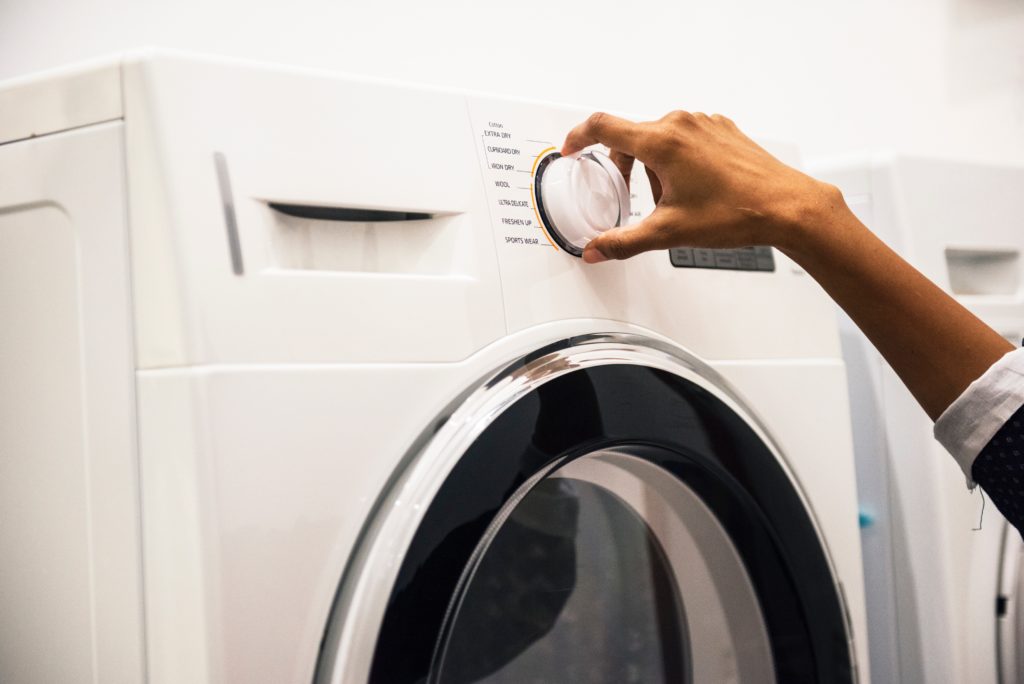Use your appliances in the daytime
Maximizing Solar Power: Use your appliances in the daytime
Load shifting is a valuable strategy in electric demand-side management that can have a profound impact on our energy consumption. By adjusting the timing of high-wattage appliance usage to coincide with daylight hours, particularly when solar power is plentiful, we can optimize our energy demand and contribute to reducing greenhouse gas emissions.
The concept behind load shifting is simple: shift the operation of power-hungry appliances to periods when solar energy generation is at its peak. By doing so, we can take full advantage of the clean and renewable energy produced by our solar panels. Instead of relying on the grid or non-renewable sources, we tap into the abundance of solar power available during the day, thereby reducing our environmental impact.
A prime example of load shifting is utilizing daytime hours for activities such as electric vehicle charging, personal device charging, using washers and dryers, vacuuming, and running dishwashers. These activities require a significant amount of electricity, and by performing them when the sun is shining, we capitalize on the solar energy that would otherwise go unused. This approach not only maximizes the benefits of our solar investment but also aligns our energy usage with sustainable practices.
The advantages of load shifting extend beyond individual households. When multiple solar-powered homes and businesses adopt load shifting practices, the cumulative effect can be substantial. By collectively shifting our energy demand to coincide with solar power generation, we can alleviate stress on the electrical grid during peak demand periods and reduce the need for additional energy from non-renewable sources.
Furthermore, load shifting empowers us to actively participate in reducing greenhouse gas emissions. By minimizing reliance on fossil fuel-based energy during peak demand periods, we contribute to the overall goal of mitigating climate change. The more households and businesses embrace load shifting practices, the greater the positive impact on the environment.
To implement load shifting effectively, it’s crucial to monitor solar power generation and plan the usage of high-wattage appliances accordingly. Smart home technologies, such as advanced energy management systems, can assist in automatically optimizing the timing of energy-consuming activities based on solar availability.
In conclusion, load shifting is a powerful strategy that enables us to make the most of our solar energy systems while reducing our greenhouse gas emissions. By using appliances during daylight hours when solar power is abundant, we actively contribute to a cleaner and more sustainable future. Embracing load shifting not only benefits individual households but also has a collective impact on energy demand and environmental preservation. Let’s harness the potential of load shifting to maximize solar power and pave the way for a greener tomorrow.
Best by Day Electric Vehicle Charging, Personal Device Charging, Washers, Dryers, Vacuums, Dishwashers.
